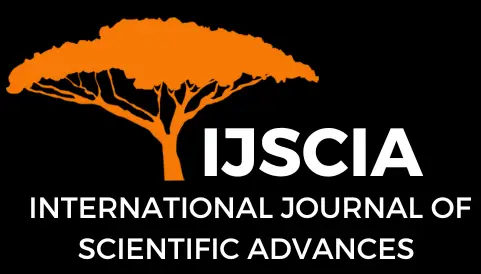Cellular Plasticity and Treatment Resistance in Breast Cancer: A Literature Review
Ni Kadek Vani Apriyanti1*, Ni Nyoman Ayu Dewi2, I Made Winarsa Ruma2, Gede Nyoman Jaya Nuraga3
Abstract
Breast cancer is the most prevalent cancer with a high mortality rate especially in aggressive subtype and metastatic disease. Although there are various treatment options based on tumor characteristics such as chemotherapy, radiotherapy, endocrine therapy, and targeted therapy, treatment-resistance cases are still reported. Treatment resistance is a factor in poor outcomes and relapse in breast cancer patients. Increased plasticity of cancer cells contributes to therapeutic resistance through various pathways such as MAPK, STAT3, PI3K, Wnt, Hedgehog, and Notch. Breast cancer cell plasticity is driven by epithelial-mesenchymal transition (EMT) and cancer stem cells, enabling cells to acquire diverse phenotypes and maintain self-renewal capabilities. Gaining insight into the role of cellular plasticity in treatment resistance is essential for the development of more effective therapeutic strategies in breast cancer management. This review explores the key signaling pathways involved in regulating cellular plasticity and their contribution to therapeutic resistance in breast cancer.
Keywords
breast cancer; cellular plasticity; molecular pathway; resistance; therapy.
Cite This Article
Apriyanti, N. K. V., Dewi, N. N. A., Ruma, I. M. W., Nuraga, G. N. J. (2025). Cellular Plasticity and Treatment Resistance in Breast Cancer: A Literature Review. International Journal of Scientific Advances (IJSCIA), Volume 6| Issue 2: Mar-Apr 2025, Pages 373-380 URL: https://www.ijscia.com/wp-content/uploads/2025/04/Volume6-Issue2-Mar-Apr-No.868-373-380.pdf
Volume 6 | Issue 2: Mar – Apr 2025


